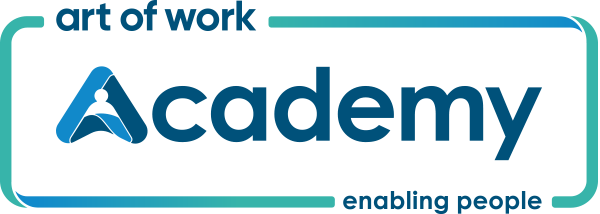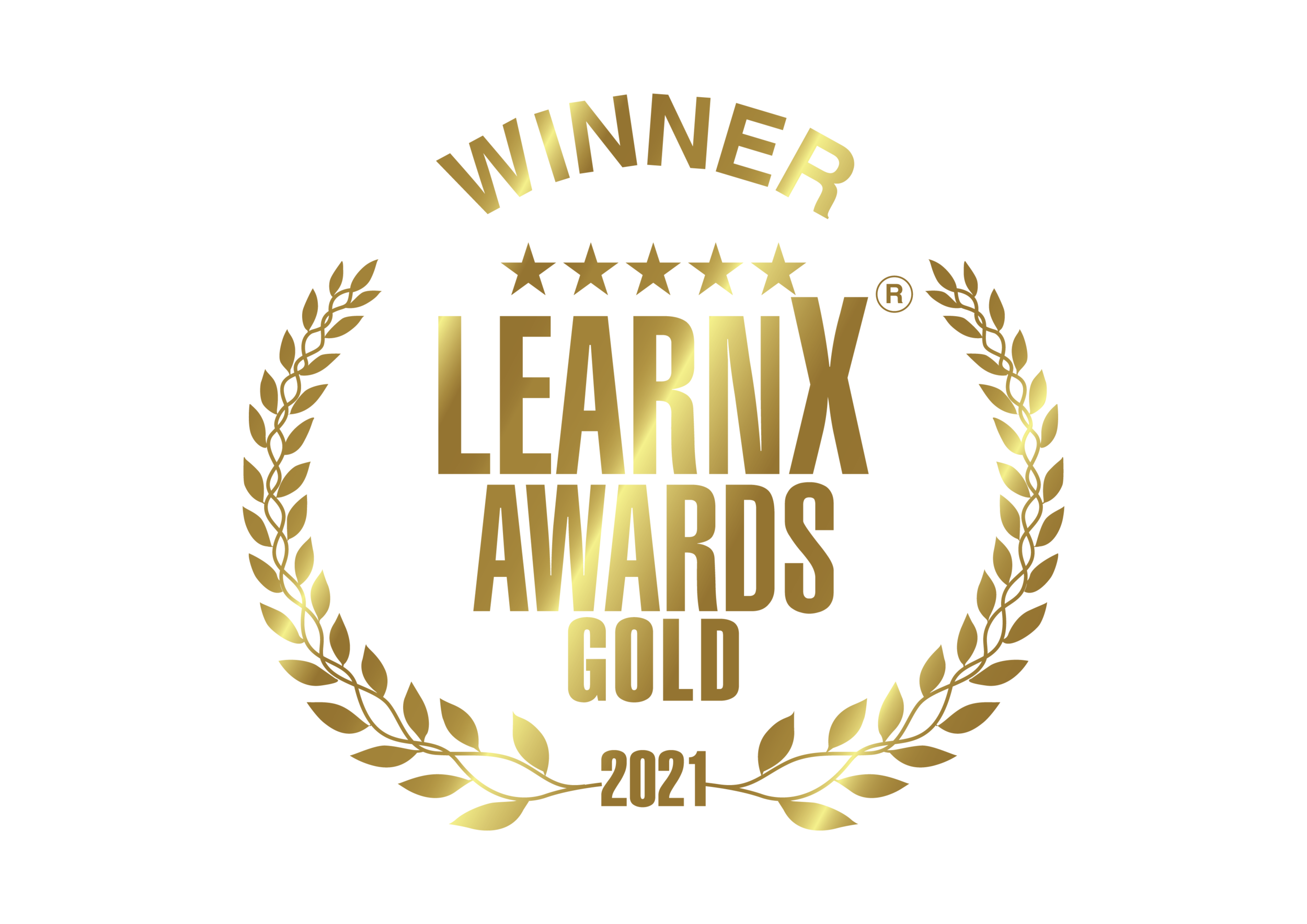
Doing Safety Differently®: a six-part course with Professor Sidney Dekker
The responsibility for safe and effective organisational performance presents you with either an insurmountable task or a timely opportunity.
We have been living through dynamic, challenging and uncertain times; the increasing organisational complexity has brought forward the urgency to apply safety differently thinking to organisations at every level.
Many organisations have learned the importance of the presence of capacities to make things go well and to create freedom within a framework so that people can safely adapt and innovate, especially under conditions of complexity and uncertainty. Some organisations have already come out stronger, better and more prepared.
Doing Safety Differently®
The world of work is changing fast and this new era calls for a different kind of safety thinking, a thinking that sees people as the source of diversity, insight, creativity, and wisdom about safety, not as the source of risk that undermines an otherwise safe system.
Doing Safety Differently® invites you to leverage your own experience to tackle the urgent and emerging challenges to Safety Differently thinking within your organisation.
Doing Safety Differently will take you straight into live, interactive conversations with the originator of Safety Differently®, Sidney Dekker. Based on Sidney Dekker’s and Todd Conklin’s book, Do Safety Differently will get you doing things differently in your own role and organisation.
Course Outline
-
We discuss a new way to view safety and more significantly redefine safety: Safety will philosophically change from an outcome to be measured to capacity that is maintained. Helping the organization use a new definition for safety means we must first help the organization give up the old meanings and definitions. This can be difficult; changing knowledge often causes some resistance in the organization. Giving up the old meaning will be a bit painful at first because there is a lot of past investment (this is often called “sunk cost”) in the old meanings around safety. It will feel scary to question something as important as keeping people safe while at work. We have a lot of sunk cost in time, money, effort, and hard lessons to set aside in order to make room for the new way of thinking.
-
The second topic in Doing Safety Differently tackles the worst kept secret on the plant floor: There is a huge difference between how management thinks working is being performed and how work is actually being performed. Because work is filled with complex conditions, work almost never happens the way work was planned and proceduralized to be done. Why this is surprising to managers is almost a mystery? There is very little mystery among the people who get work done in all types of conditions on a daily basis.
The challenge of this operational difference between work as managed and work as done is not a function of a disobedient workforce, but rather this operational difference is more of an outcome of a disobedient work environment – if work environments can be disobedient.
We know (as you know) when it comes to the performance of work that the map is not the terrain. Although it may seem obvious to you there is a difference between work as done and work as planned, this realization will come as a shock to the organization. However, as this masterclass discusses in detail, the difference between the actual work and the perceived work is not the problem, it is the reality. Actually, this difference is an opportunity to learn differently. Having the chance to ask new and different questions will suddenly give your organization an entirely new set of answers.
What we think is a much more valuable way to understand this information is how your organization learns about the gap between work planning and work doing. If the work done is not as you imagined: Learn! This difference in both practice and perception is an important opportunity to ask questions differently. One of the best ways to ask questions differently is to use the expertise that currently exists in the organization. That expertise exists in your workers. Who knows better about how work is done than the people who actually do the work?
-
The safest organizations in the world still have failure. The difference between the safest organizations and other less safe organizations is that the safest organizations in the world are ready for the inevitable failure that will happen. Good performing organizations know operational upsets will happen and the organization has the capacity to handle the operational upsets effectively.
As we discuss in this masterclass, doing safety differently means our organizations must change two seemingly sacred and long held beliefs:
1. Zero events are the only safety outcome acceptable.
2. Every event has one root cause.
These two ideas are artifacts of old thinking and these two ideas are also wrong. Perhaps more important for our discussion, these two old ideas also stop progress and make learning difficult and less effective. Because our organization holds on to these two old ways of thinking, the organization will not be able to learn much in a new way. Doing safety differently means learning differently.
This masterclass will challenge the old ways our organizations have gathered information about events, accidents, and even normal operations. When things go wrong: Do investigations differently. This masterclass will help introduce a highly effective tool to help make this change in your operational learning. Learning teams is just the start of this new learning opportunity. We know your current method of learning must change in order to better facilitate doing safety differently.
-
It is not going to surprise you to discover that many of the complications that we have in getting our work done safely are conceived and placed in our operations by our very own organization. Over time and with good intentions, organizations often place layers and layers of administrative and bureaucratic formalities upon their daily operations that, and there really is not another way to say this, make it harder to get work done.
Why there is too much compliance? It is time for us to declutter our organization’s safety bureaucracy. We live in a world where many of the complications in performing work are often self-inflicted and nobody openly talks about this phenomenon. Here is what we know, in order to reduce operational bureaucracy we must first recognize our organizations are cluttered with rules and expectations that often serve to provide no more value than just compliance to the rule or expectation.
The futurist Jerry Pournelle coined a phrase for this cluttering of our systems, Pournelle called this “the iron law of bureaucracy” and described this organizational outcome like this: The bureaucracy introduced into our organization by our organization will always strive to protect itself by demanding compliance to the bureaucracy itself. All this is presented to build the case that if we want less bureaucratic difficulties in our work sites we must first admit the bureaucratic difficulties are of our own creation.
In this module we'll look to the value of decluttering your organization’s work management and support processes. This discussion is exciting because everyone involved in this process understands the benefits gained by taking away complications and needless. Change is fun when everyone sees the problem and the direct benefit. The only real question for discussion is, “why has it taken us so long to declutter our organization’s practices and processes?” The answer is a part of the discussion and is found in Pournelle’s simple but elegant idea of “the iron law of bureaucracy.” We have kept our systems cluttered because we have been told that the clutter makes up better. Clutter does not make a workplace better.
One of the most exciting benefits of doing safety differently is the permission this change gives to declutter an organization’s systems and practices. This has also been made more apparent by the recent series of global crises – when workers were divided between essential and non-essential – much of our organizational and bureaucratic clutter was removed by necessity. The question then becomes how much of these rules and expectations did we bring back to operations when work came back to more normal operations?
Doing safety differently naturally allows your organization to ask some reflective questions about the amount of operational clutter in a non-threatening way. When given the chance to see decluttering operations as a direct benefit to safety and reliability, the need to maintain compliance for the sake of compliance kind of goes quietly away. This is a graceful and effective way to make organizational improvement.
-
We purposefully discuss the importance of helping your organization’s safety professional through this transition. Doing safety differently, while often seen as a refreshing and timely change to the vast majority of the organization, also has the potential to demand huge changes in thinking and practice while sometime increasing the work demands of the organization’s safety professionals. This group will need, and greatly benefit from, some special attention. One way to ensure your organization does safety differently is to set up the safety professionals in your organization to know what it means for them to do safety differently.
We have to recognize the interesting position that the safety professionals in your organization will be placed while the organization does safety differently. The safety professionals will be asked to change the conversations they have been having for years with the work force, they will be asked to move from some traditional enforcement models of safety management to the role of capacity monitoring and mentoring – it is a positive and exciting change, but none the less a change.
Safety professionals will also be the front line for this new view for workers throughout the organization. Being the front person for organizational change may mean the safety people will feel some of the pushback from this change from certain parts of the organization. This same group must be available to answer questions and provide guidance to the workforce as well. This is not all bad news and gloom, most of these opportunities are exciting and this is a great opportunity to learn and practice new ideas in real life.
An important part of doing safety differently is to ensure the safety and reliability professionals in your organization are excited, prepared, and engaged in not only their success but the success of the organization as a whole. When doing safety differently we, by necessity, will need to empower safety professionals in a new and different way.
-
When we sat down to discuss the idea of getting together to write this masterclass we started by crafting a list of the most asked question, the most common pain points, an organization has in trying out these new ideas. We then discussed what did successful organizations do to create the right environment to make this transition to doing safety differently? Then from this discussion, we clarified what the most common thread that runs through doing safety differently, successfully?
And all those threads lead to leadership.
The group that will be asked to change the most is the neither the worker level, nor is it the safety professional level of the organization. The group that will change the most are the leaders. Doing safety differently really means leading safety and supporting the organization’s work force in a new and different way. The traditional safety leadership skills, skills these leaders have struggled to learn and master, are no longer as effective. The old ways of traditional command and control leadership will need to make way for the new leadership of engagement and empowerment.
This masterclass spends some time on what is the most commonly made mistake in doing safety differently. This mistake is to not give an organization’s leadership the time and the resources to lead safety differently. Many organizations assume a level of expertise and knowledge about safety differently that simply does not exist among most leaders. If we don’t give leaders the opportunity to learn how to do safety differently, where will this new knowledge and different skills come from? Leaders need time and support to lead safety differently and this time and support must come from the organization.
Using all the kindness and support you can muster, spend extra time helping leaders know what will be expected. Be patient and know leaders will take great steps forward and small steps backwards while learning to navigate the new waters of doing safety differently. The best news is that once your leadership begins to deeply understand and appreciate this new operational world, you will have the support you need to succeed and leaders will make better decisions that will lead to better organizational and operational outcomes.
This highly interactive and participative program blends individual self-paced learning and reflection with engaging live online group sessions. Each participant will be given access to our interactive platform featuring case studies, videos, podcasts, articles and more, to optimise your learning journey.
The program runs over six weeks and consists of 6 x 60-minute sessions, run on a weekly basis.
Before each module begins, we will invite you to undertake guided, self-led learning, including a thought-provoking video, podcast, and reading collateral to prepare you for the topics featured in the next module.
Gold LearnX Award for Best Blended Model
AOW Academy blended online learning with instructor-led training and utilising digital workbooks within the physical environment.
dates
Oceania
Tuesday 10th October 2023
10 am to 12 pm AEDT
weekly until 14th November 2023
North America
Monday 9th October 2023
6 pm to 8 pm CDT
weekly until 13th November 2023
UK and Europe
Tuesday 10th October 2023
8 am to 10 am GMT
weekly until 14th November 2023
pricing.
Australia & New Zealand (AUD)
Book your spot now for $1200.00*.
Group booking discount for 3 people is $3400.00*!
Lighthouse members receive a discounted price of $1080.00*
* Excluding GST
how will you learn?
With our blended learning approach, you will receive in addition to the 6 x 60 minute live sessions, a suite of companion online content that will help to reinforce your understanding of the different concepts, tactics and strategies covered in the program. These include:
Key Readings
Videos & Podcasts
Quizzes
Forum Discussions
Reflection Journal













